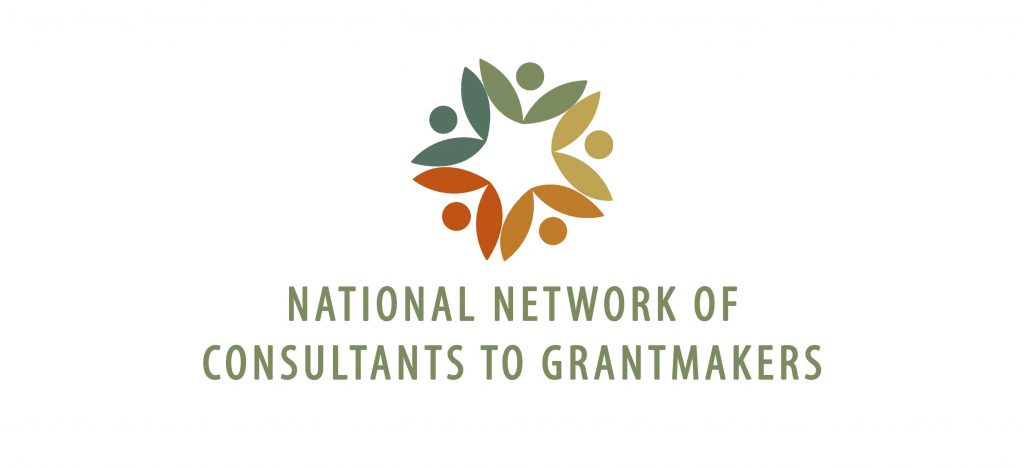 This is a guest post by NNCG member Marshall Ginn. It was originally posted on his blog on August 15, 2017, and is shared here with his permission.
This is a guest post by NNCG member Marshall Ginn. It was originally posted on his blog on August 15, 2017, and is shared here with his permission.
Help a Nonprofit Spruce Up Its Work!
Many funders are exploring ways they can have a greater impact on their nonprofit partners. Donors who think beyond the check and who look for additional ways to engage with organizations find themselves enjoying a much more productive and satisfying relationship with those groups they support. These donors are using their influence, networks and other resources to help nonprofits build capacity to fulfill their mission.
The July 2017 Chronicle of Philanthropy’s cover article “Renovation Nation” explored the makeover of three large, established charities. The major turnaround undertaken by each organization was the result of considerable culture shifts, new perspectives, and risky moves. Author Heather Joslyn included in each profile “makeover tips” based on the lessons learned by these organization’s leaders. They included helpful and provocative suggestions such as “rethinking everything” about how you operate, “spiffing up” old programs, widening the net to find new supporters, and trimming the elevator speech down to 140 characters! A few of the tips stood out to me, especially ones that focused on messaging, storytelling, evaluation and leadership.
Does your philanthropy need a little renovation? Do your nonprofit partners need a bit of sprucing up?
Consider all of the possible ways you could help the nonprofit organizations you support. Beyond financial resources, you bring a wealth of other connections and knowledge that can be effectively leveraged to support their work. I think that these “makeover tips” provide donors an opportunity to explore additional ways to make a difference.
One of the “makeover tips” that caught my attention focused on “telling the story.” It emphasized not just the organization’s story, but also the stories of those helped by the organization. Being able tell their story in a clear and compelling way is essential. Storytelling and messaging support effective fundraising, community engagement, staff retention, strategic planning and more. Consider what you could do to help your nonprofit partners tell their story:
- Connect the nonprofit to media or public relations professionals; expand their network of people who can spread the word about their work.
- Provide funding for a refresh of the nonprofit’s collateral material and/or website, or fund media training for staff and board.
- Host gatherings (at your home or place of business) at which program participants and staff can tell and hear each other’s stories.
Other tips focused on active listening, and they included such recommendations as “know your audience,” listening to program participants, and “seeking feedback.” Smart organizations are always listening, fostering a culture of learning where everything is tracked, measured and assessed. Everyone they reach is engaged and involved. Organizations that understand their audience and that seek sustained feedback on the effectiveness of their programs can tailor their work to the needs of the community as well as pivot when situations inevitably change. There are many ways you could help a nonprofit to be an active listener:
- Encourage nonprofits when they allocate budget resources for surveys, evaluation initiatives, and audience feedback. They are core operational components, not fancy extras.
- Provide funding for an outside evaluation specialist to review and assess their current programs.
- Connect them with business professionals who can help the nonprofit to better understand how they can gather and use data more effectively.
The last notable tip was “speak out on issues,” encouraging nonprofits to serve thought leaders. High-impact organizations focus as much on leading movements as they do on delivering effective programs. They address big-picture issues that affect their operating environment and the lives of their clients/patrons/participants. When you support a nonprofit organization, you can be a part of enabling them to “speak out” and serve as a leader for their cause.
- If you provide support to multiple organizations in the same community, consider hosting a gathering at which you can all discuss common interests, challenges and opportunities.
- Provide funding for a solid professional development budget at the organization; enable staff at all levels to be active in their cause by attending conferences and seminars. Support a nonprofit’s membership in professional organizations that connect them to peers and allies.
- Take the time to educate yourself. If you are interested in supporting organizations that focus on a particular topic, issue, cause or community, take the time to do your homework; learn about trends and the latest thinking, or understand the research that’s guiding current initiatives.
Smart, effective philanthropy is hard. It’s more than writing a check to your favorite charities each December. It’s an opportunity for you as a donor to effect real change in a community. It’s an opportunity for you to leverage and deploy all your resources – financial, connections, expertise, and enthusiasm – in ways that enable your nonprofit partners to be successful and sustainable.
Tending to these “makeover” tasks is equally as important as tending to the direct services an organization provides each day. When working with your nonprofit partners, be open to talking about issues such as listening, leadership or storytelling. Encourage them to use tactics such as surveys, community conversations, media training or program evaluations. Respond positively when nonprofits ask for funding to support these and similar efforts.
In helping your nonprofit partners to “spruce up” their programs and operations, you are strengthening the investment you make as a donor. And in turn, it’s helping you to make an even deeper impact on the community.

